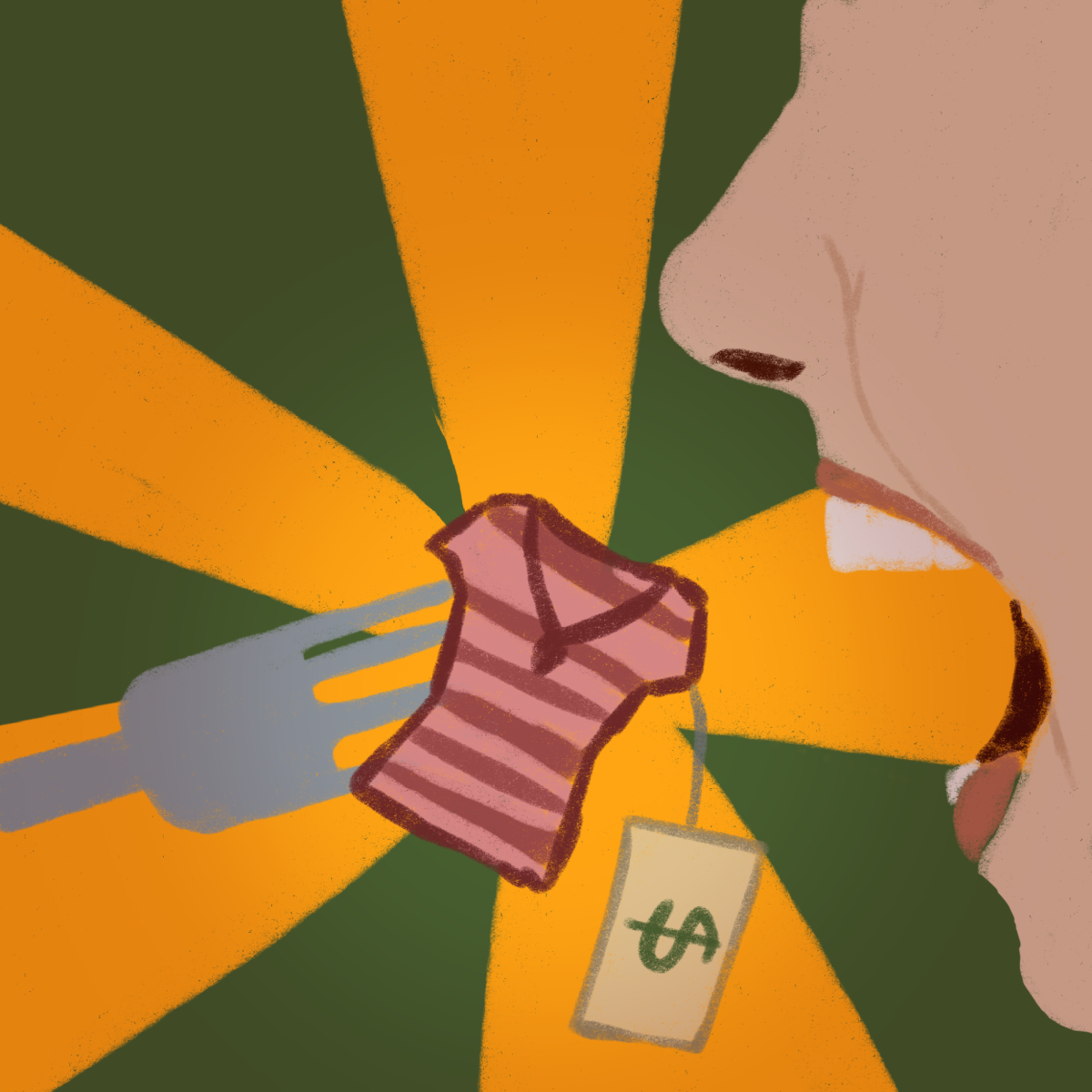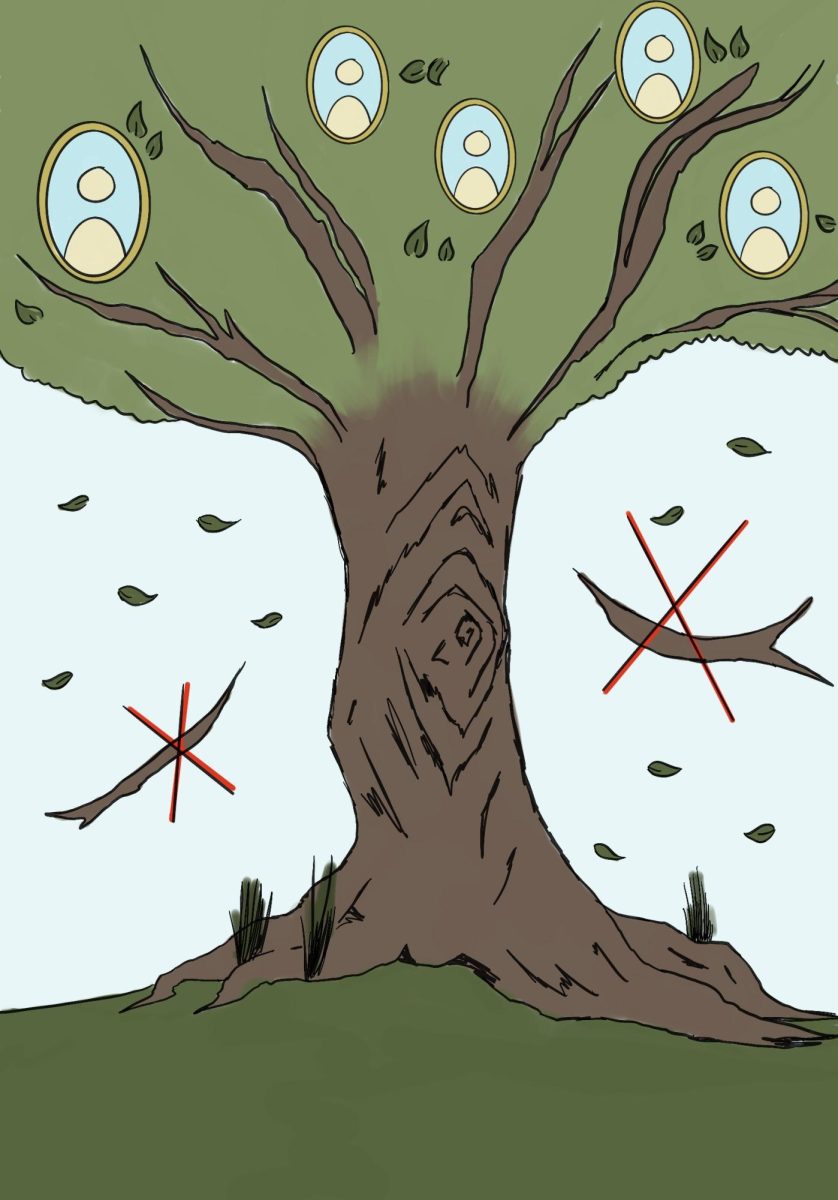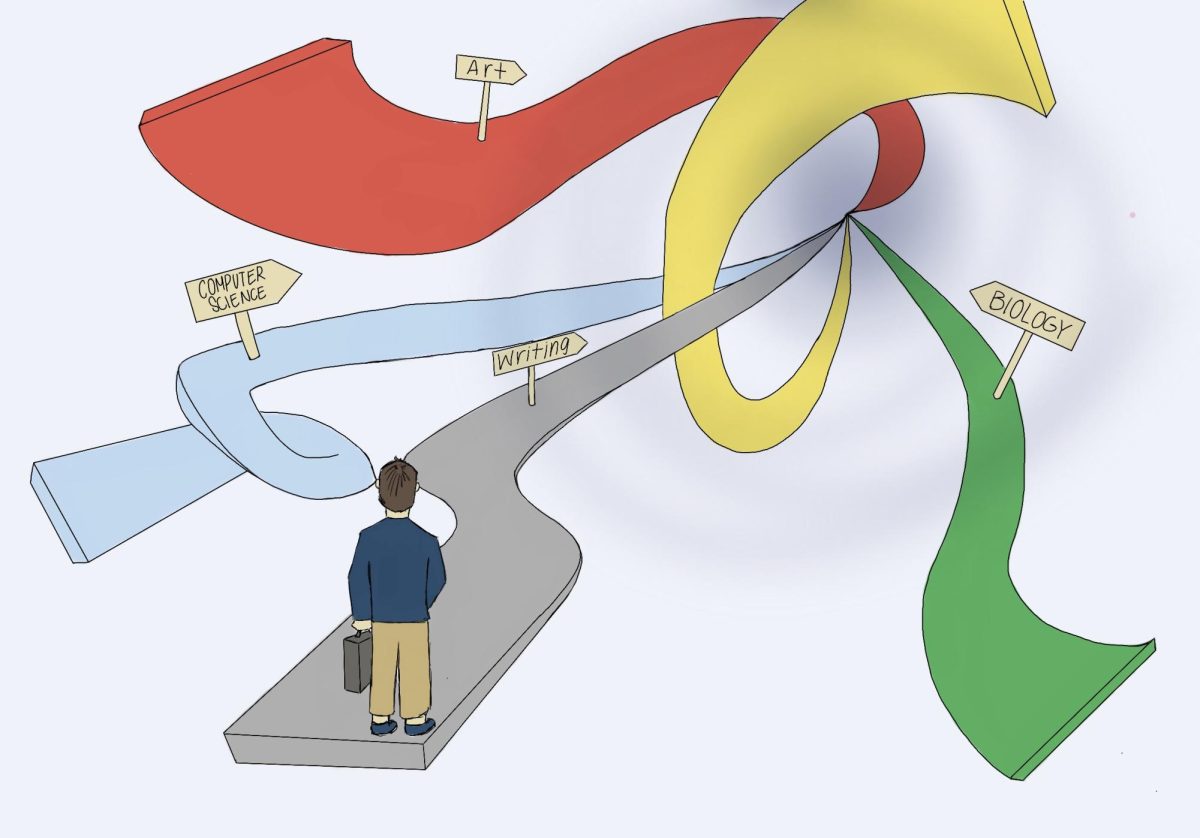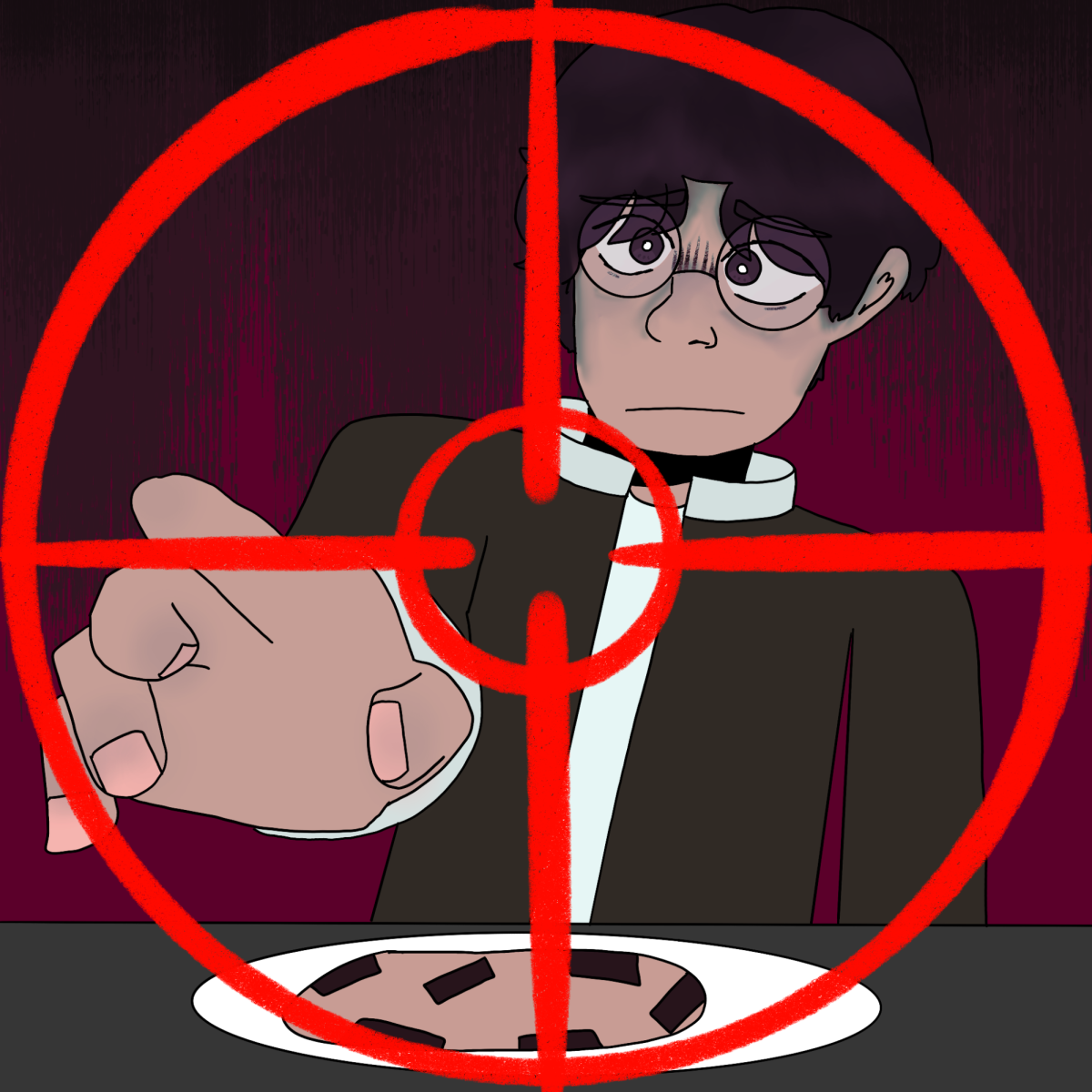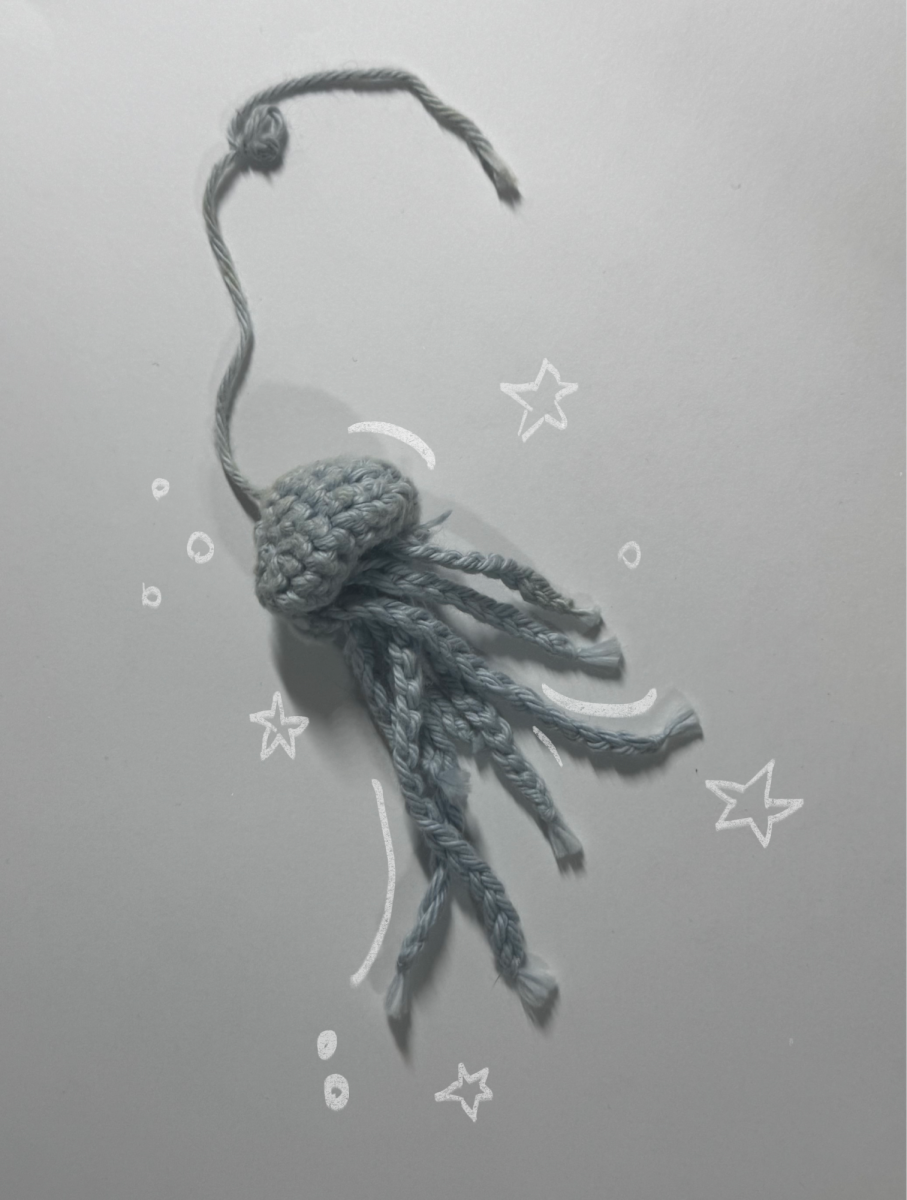I still remember the first time I went thrifting. Endless racks and bins of clothes, coupled with the lowest prices I’d ever seen, lured me into the store, and before I knew it, I had a dozen shirts and skirts piled up in my arms. It was only later that I realized the sheer amount of impulse buying that went around that day. Out of the mountain of clothes I brought home, only one would have been something I’d normally buy at full price. The rest? I bought them simply because they were cheap.
In an age where fast fashion is increasingly scrutinized, thrifting has turned heads in the fashion industry. Praised for being both cheap and green, the trend has become something of a lifestyle for many millennials. But behind all this greenwashing that misleadingly frames thrifting as an environmentally friendly act, it has morphed into unbridled consumerism.
Thrifting has only recently emerged as a “cool” practice, embraced primarily by Gen Z. For decades before, shopping at its core meant buying clothing based on short-lived trends that came and went in the snap of a finger. Now, as our generation has become more environmentally conscious, thrifting has risen to become the holy grail of consumer practices.
Known as a more sustainable alternative to retail, thrifting involves reusing clothes bought from fashion corporations. With it comes an almost cherry-picked narrative that when we thrift, we are saving the planet (and our wallets) by shopping secondhand. At first glance, it seems like the perfect solution to combat waste.
This glorification of thrifting, fueled by its exploding popularity, makes for a perfect recipe for overconsumption under the pretense that we are doing something good. Just because something is cheap, we automatically assume it’s a good deal and end up buying things we don’t actually need. Thrifting has shifted from being a means of mindful consumption to an excessive practice, with the idea of it being sustainable serving as the perfect excuse to keep buying — regardless of the fact that much of what we purchase will end up discarded.
The internet has played an undeniable role in the rise and harmful impact of thrifting. On platforms like YouTube and TikTok, thrift hauls have become increasingly common, with creators showcasing the numerous items they’ve picked up. Although entertaining, videos like these normalize excessive shopping and encourage viewers to overlook thrifting’s original purpose of promoting sustainability. Conscious shopping is taking a backseat to aesthetic-driven consumerism, and as the popularity of thrifting soars through social media influencers promoting it as a mainstream trend, people who are able to buy regular-priced, new clothing are beginning to shop excessively at thrift stores. Many of them are also reselling the clothing online through websites like Depop, further increasing demand.
But what does this mean for the small portion of society that relies on thrift stores for clothes?
With the growing number of people frequenting thrift stores, the stores are, in turn, raising their prices, rendering them inaccessible for many as they are no longer affordable. It’s important to note that, in the first place, the very concept of thrifting exists for low-income individuals with limited access to clothing. While some people view thrifting as a scavenger hunt to find unique, vintage items to add to their closets, underprivileged people actually depend on the lower prices.
Thrifting is, without a doubt, more sustainable than fast fashion. Yet, its positive intentions are being overshadowed by overconsumption with our generation’s seemingly insatiable appetite for clothing. If you have the privilege to shop either new or thrifted, you have the responsibility of being mindful of just how much you’re buying — take only what you need. Rather than hoarding clothes in a never-ending wardrobe, consider whether or not each piece of clothing is something you’d actually wear and value. At the end of the day, sustainability isn’t about where you shop but how you shop.
Now, this isn’t to say we should stop secondhand shopping altogether. If we combine thrifting with a minimalist mindset, we can ensure real progression toward green fashion. After all, the most sustainable clothing is what’s already sitting in our closets.
Categories:
Thrifting isn’t as green as you think
Ariel Liu, Arts & Entertainment Copy Editor
May 3, 2025
Overconsumption is now being served secondhand.
2
More to Discover
About the Contributors

Ariel Liu, Arts & Entertainment Copy Editor
Ariel joined the Wildcat Tribune because of her love for writing and stayed for the snack cabinet. She has done journalism since her freshman year, and this will be her second year as the A&E Copy Editor. Ariel’s favorite things to do in her free time include drawing, shopping and solving jigsaw puzzles. One interesting fact about her is that she can wiggle only her left ear. If she could be any other person on the Tribune, she would want to be Inika so she can be a sophomore again.

Shareen Qaisrani, Arts & Graphics Editor
Shareen has lamented her place in the Tribune as the singular consumer of hot cocoa every single week and plans to keep it that way. She has been in journalism since she was a freshman, and this is her third year in the class, and second year as Arts and Graphics Editor. Shareen’s goal for this year is to be able to stay on top of all graphics that come her way. One interesting fact about Shareen is that she knows how to tap dance! If she could be any other person on the Tribune, she’d be Grace so Sura wouldn’t confuse them both during class anymore (and to also absorb Grace’s nonchalant energy).

